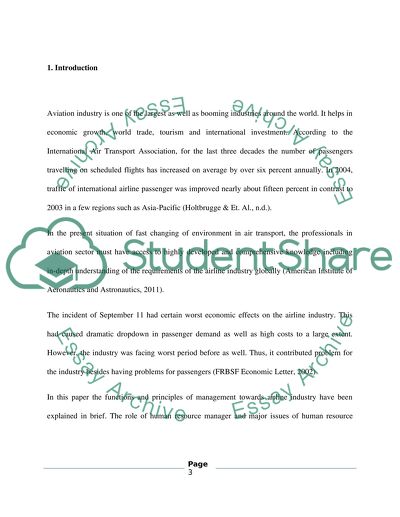Cite this document
(“Airline Industry Essay Example | Topics and Well Written Essays - 3250 words - 2”, n.d.)
Retrieved from https://studentshare.org/miscellaneous/1575753-airline-industry
Retrieved from https://studentshare.org/miscellaneous/1575753-airline-industry
(Airline Industry Essay Example | Topics and Well Written Essays - 3250 Words - 2)
https://studentshare.org/miscellaneous/1575753-airline-industry.
https://studentshare.org/miscellaneous/1575753-airline-industry.
“Airline Industry Essay Example | Topics and Well Written Essays - 3250 Words - 2”, n.d. https://studentshare.org/miscellaneous/1575753-airline-industry.


